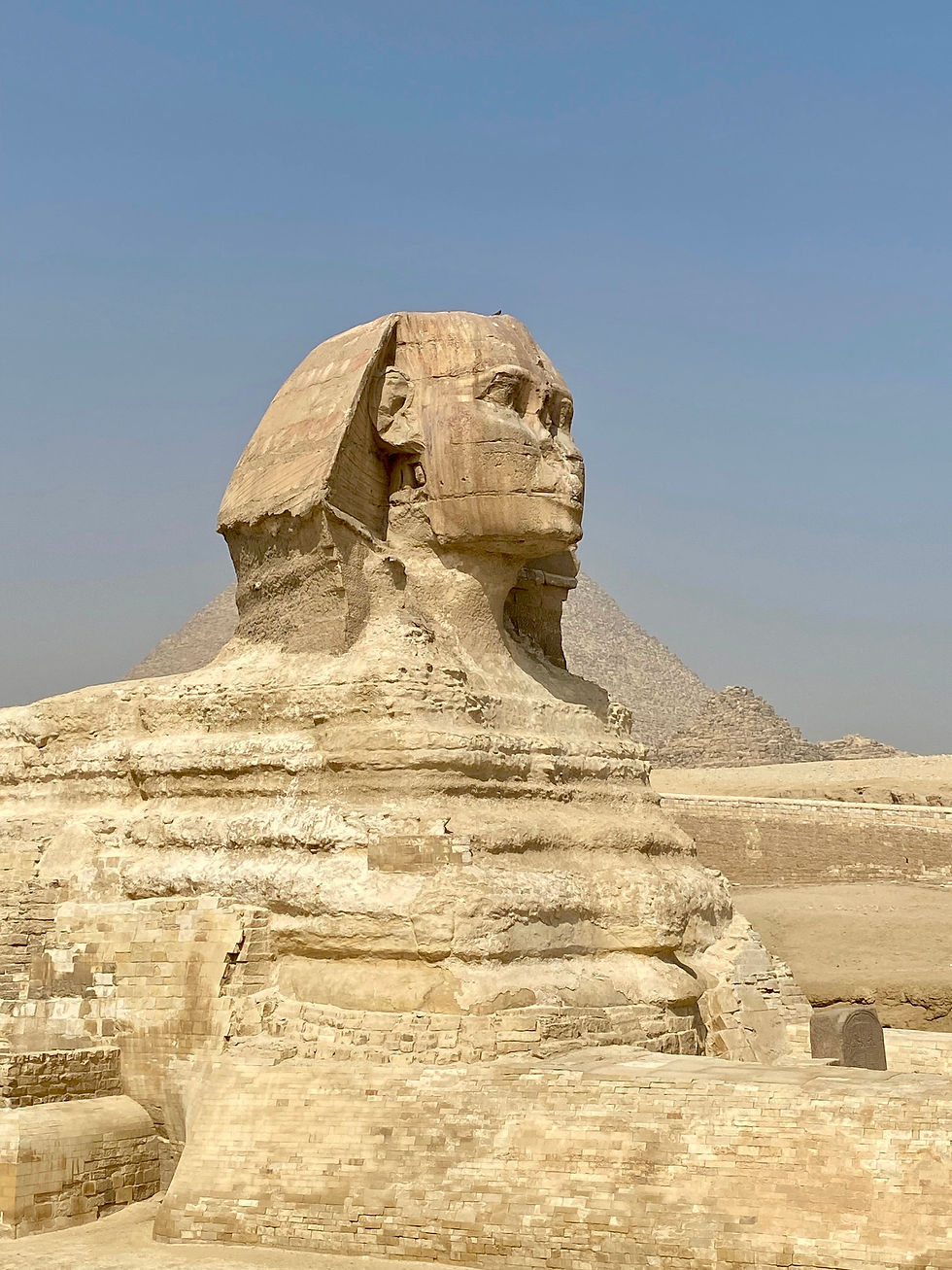St. Anthony Delivers!
- Andre Schwager

- Jun 30, 2015
- 2 min read
Thursday, June 25, 2015
First, the great news! Bucher Travel found Roselie’s camera and will deliver it to our hotel in Lucerne. FANTASTIC! This means we’ve recovered two days of (lost) photos. Roselie is very excited about taking videos with HER camera for the movie she will produce after this trip. Thank you St. Anthony.
After spending the night at the Aescher Hostel, the boys came off the mountain and met up with us in Appenzell. After rearranging the contents of their backpacks and luggage, we hit the trains and headed for Lucerne, our last stop before returning home.

Lucerne on the lake – beautiful setting.

Famous covered bridge served as the pathway to the Cathedral.
Lucerne, located on the shore of Lake Lucerne, is the largest city in central Switzerland with a population of about 80,000 people. The founding settlement dates back to 750, and was owned by the Benedict Monks. Later the Habsburgs of Austria bought and governed the area for more than six centuries. Its location was economically important on the Gotthard trade route and so became a nexus for trade, communication, and government. The fact that the city had a wall for security purposes, had a church, and most importantly had a market, qualified Lucerne as a town. Only a portion of the wall remains, but the market continues to thrive and is open one day each week. After defeating the Habsburgs in 1386, the canton of Lucerne became part of the Swiss Confederation.
Arriving mid-afternoon, we checked into the Hotel Schweizerhof which was built-in 1845. Many notables have stayed here over the years, including Mark Twain, Napoleon, Leo Tolstoy, Anastasia, and of course Robert Wagener and Roger Moore.

One of the remaining towers of the old wall.

Frescoes throughout the old city.

Lion Monument
Given the limited time we had today, we walked the immediate neighborhood and saw a portion of the remaining wall, and the Lion Monument commemorating the hundreds of Swiss Guards, massacred in 1792 while defending the Tuileries Palace in Paris during the French Revolution. Our last stop of the day was to see the Bourbaki Panorama. Prior to the emergence of cinema, panoramic paintings and models were a very popular way to represent landscapes and historical events in a 3-dimensional, 360 degree presentation. You can walk around the circular painting and feel like you are part of it. This 370 ft. by 33 ft. large-scale panorama depicts the French Army crossing into Switzerland and being disarmed in 1871. It also depicted the first full-scale involvement of the Red Cross [founded in Switzerland and few years earlier], in taking care of the 87,000 interned French soldiers.





Kommentare